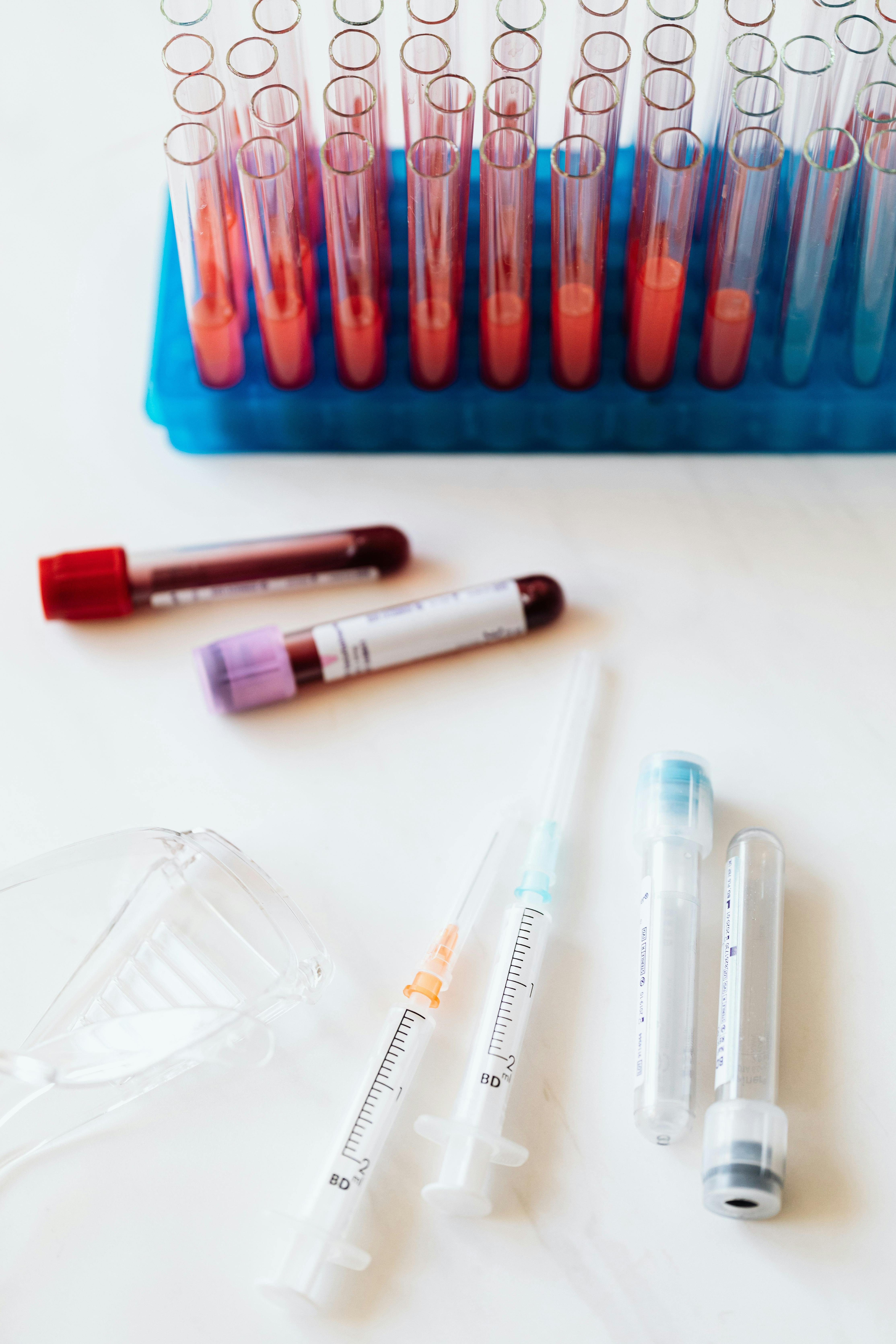Introduction of aids
 |
| Worlds Aids day |
Guidance to the Disease and Development of Treatment for AIDS. For decades, the scientific community and the general public have focused their attention on the complicated and deadly global health epidemic known as AIDS. AIDS has significantly impacted the lives of millions of people globally since it was first discovered in the early 1980s. AIDS still poses a daunting challenge, despite substantial advancements in research and therapy, therefore raising awareness of the condition is crucial. We will explore all facets of AIDS in this blog, such as its causes, transmission, symptoms, prevention, treatment, and the most recent developments in the fight against this fatal illness.
Table of content
- Introduction
- Description of Aids
- Sign and symptoms
- Spreading of Aids
- Identifying aids
- Management and treatment of aids
- Conclusion
Description of Aids:.
The human immunodeficiency virus (HIV), which assaults and impairs the Immune System of the body, is what causes AIDS. The Immune System gradually suffers severe damage, making the person more susceptible to cancer, infections, and other serious ailments. It's important to understand the difference between HIV and AIDS; HIV is the virus that, if untreated, causes AIDS. Human immunodeficiency virus (HIV) is an infection that attacks the body’s immune system. Acquired immunodeficiency syndrome (AIDS) is the most advanced stage of the disease.lyme-disease
HIV targets the body’s white blood cells, weakening the immune system. This makes it easier to get sick with diseases like tuberculosis, infections, and some cancers.hypothyroidism
Signs and Symptoms of Aids
The symptoms of HIV vary depending on the stage of infection.
The disease spreads more easily in the first few months after a person is infected, but many are unaware of their status until the later stages. In the first few weeks after being infected, people may not experience symptoms. Others may have an influenza-like illness including. Depending on the disease's stage, the signs and symptoms of AIDS can change. People may suffer flu-like symptoms in the early stages, including fever, exhaustion, aches in the muscles, and swollen lymph nodes. More severe symptoms, such as chronic diarrhea, weight loss, recurring infections, night sweats, and opportunistic infections (infections that often strike persons with compromised immune systems), may develop as the disease worsens.
- fever
- headache
- rash
- sore throat.
The infection progressively weakens the immune system. This can cause other signs and symptoms:hyperthyroidism
- swollen lymph nodes
- weight loss
- fever
- diarrhoea
- cough.
Without treatment, people with HIV infection can also develop severe illnesses:
- tuberculosis (TB)
- cryptococcal meningitis
- severe bacterial infections
- cancers such as lymphomas and Kaposi's sarcoma.
HIV causes other infections to get worse, such as hepatitis C, hepatitis B and mpox.
 |
| History Taking |
Spreading of Aids?
1)Blood, semen, vaginal fluids, rectal fluids, and breast milk are just a few of the biological fluids that can spread HIV. Unprotected sexual contact with an infected partner, sharing needles or syringes with an infected person, receiving contaminated blood transfusions, and passing from mother to child during childbirth or breastfeeding are the main modes of transmission.hiv-aids/symptoms-causes/
Identifying the AIDS symptoms:
A key component of limiting the spread of HIV/AIDS is prevention. By routinely using condoms, avoiding sharing needles or syringes, receiving routine HIV testing, and being aware of partners' HIV statuses, a number of precautions can dramatically lower the chance of contracting the virus. Pre-exposure prophylaxis, or PrEP, can also be successful in preventing HIV transmission in high-risk people.HIV can be treated and prevented with antiretroviral therapy (ART). Untreated HIV can progress to AIDS, often after many years.
Management and Treatment of Aids
Antiretroviral therapy (ART) has achieved tremendous advancements in the management of HIV and AIDS, despite the fact that there is no known cure for the disease. In ART, a number of medications are used to reduce the virus's ability to replicate, prevent the spread of the illness, and help the Immune System heal. HIV/AIDS patients can live longer, healthier lives with the right medical care and treatment.hiv-aids
The Effects of AIDS Worldwide:
AIDS is still a major global health issue that affects millions of people worldwide, regardless of their location or ethnicity. Although other countries of the world are also impacted, Sub-Saharan Africa continues to have the highest frequency of the disease. AIDS has a significant negative social and economic impact on families, communities, and entire countries.
Studies and Innovations
Over the years, the scientific community has made major advancements in AIDS research. The development of new treatment plans, preventative measures, and vaccine candidates is ongoing. Additionally, there have been encouraging advancements in cell-based therapy and gene editing, providing hope for a long-lasting remission or functional cure.
WHO now defines Advanced HIV Disease (AHD) as a CD4 cell count of less than 200 cells/mm3 or WHO stage 3 or 4 in adults and adolescents. All children with HIV younger than 5 years of age are considered to have advanced HIV disease. The worldwide community continues to face difficulties as a result of the multifaceted nature of AIDS. However, there has been progress in the fight against HIV/AIDS thanks to ongoing research, raised awareness, and successful preventative and treatment initiatives. Individuals must become knowledgeable about the condition, debunk stereotypes, and offer support to persons who are HIV/AIDS positive. Together, we can make progress toward a future without AIDS as a public health risk and one in which every individual afflicted by the illness receives the respect and compassion they deserve.




No comments:
Post a Comment